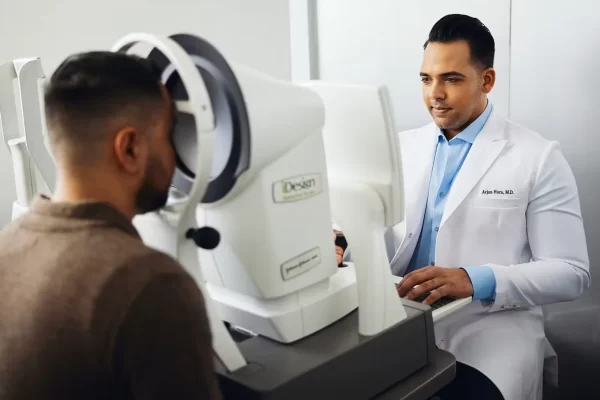Did you know that 85% of all online content is audio or visual? That’s a lot of content that needs to be transcribed! And with video transcription, you can access that content in a whole new way. There are many benefits associated with video transcribing, which is often used in conjunction with voice recording software to facilitate an even more efficient transcription process. In this article, we will discuss seven reasons why you need video transcription for your business.
Video transcription in a nutshell
Video transcription provides a written record of video content. For example, if you have a webinar or video tutorial, transcription can provide a text version that is easy to read and search.
Video transcription can be made manually or with the help of video transcribing software.
There are many benefits to transcribing your videos, but here are seven of the most important ones:
#1: It Makes Your Content Searchable
One of the biggest advantages of transcribing your videos is that it makes your content searchable. People can search for specific topics or keywords and quickly find the information they’re looking for. This is especially useful for long videos or webinars where viewers may only be interested in certain parts of the content.
#2: It Provides Access to Those Who Are Deaf or Hard of Hearing
Another important reason to transcribe your videos is to provide access to those who are deaf or hard of hearing. Transcripts can be used to create closed captions, which allow viewers to read the audio content of a video. This is an essential tool for making your content accessible to everyone, and if you’re wondering how to transcribe YouTube videos, there are various online tools and services available that can help streamline the process.
#3: It Improves the Overall User Experience
In addition to making your content more accessible, transcribing your videos can also improve the overall user experience. Transcripts can be used to create interactive transcripts, which allow viewers to click on specific parts of the transcript and jump to that section of the video. This is a great way to improve the usability of your video content.
#4: It Helps with SEO
Transcribing your videos can also help with SEO. Search engines index transcripts, which means that your video content will be more likely to show up in search results. This is a great way to reach new viewers and grow your audience.
#5: Providing Global Outreach by Making Translations Easy
Last but not least, transcribing your videos can help you reach a global audience. Transcripts can be used to create subtitles, which can be translated into other languages. This is a great way to make your content accessible to viewers from all over the world.
#6: Get Visitors to Stay on Your Website Longer
It’s no secret that people have short attention spans. In fact, the average person only spends about 15 seconds on a website before they leave. That’s why it’s so important to keep visitors engaged. And one of the best ways to do that is by providing video content. By transcribing your videos, you can keep viewers engaged and, on your website, longer.
#7: Comply with Legal Requirements
In some cases, transcribing your videos may be required by law. For example, Section 50 of the Americans with Disabilities Act (ADA) requires businesses to provide closed captions for their videos. And in the European Union, the Audio-Visual Media Services Directive requires all video content to be subtitled. So if you’re doing business in these areas, transcribing your videos is a must.
Automatic vs Human Transcription
The debate between automatic and human transcription has been ongoing for some time. Each side has its own benefits and drawbacks. Automatic transcription could be more accurate than human transcription, particularly when it comes to technical terms or unfamiliar accents.
It is also cheaper and more efficient since it does not require the use of a human transcriber. It’s much faster and saves a lot of time whether you’re a business owner or a student. However, automatic transcription can be less reliable in cases of background noise or poor audio quality. It can also struggle with slang or colloquial terms.
Human transcribers, on the other hand, are more adept at dealing with these issues. They can also provide context and add clarity to unclear passages and are more accurate when it comes to complex sentences, idioms, and colloquialisms.
Moreover, as mentioned, human transcription is more expensive and time-consuming than automatic transcription which is a big disadvantage.
In the end, the decision between automatic and human transcription depends on the needs of the individual or organization, but there’s no doubt that technology will win in a knockout in the near future.





